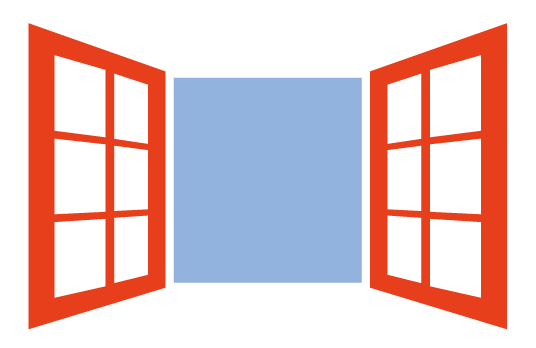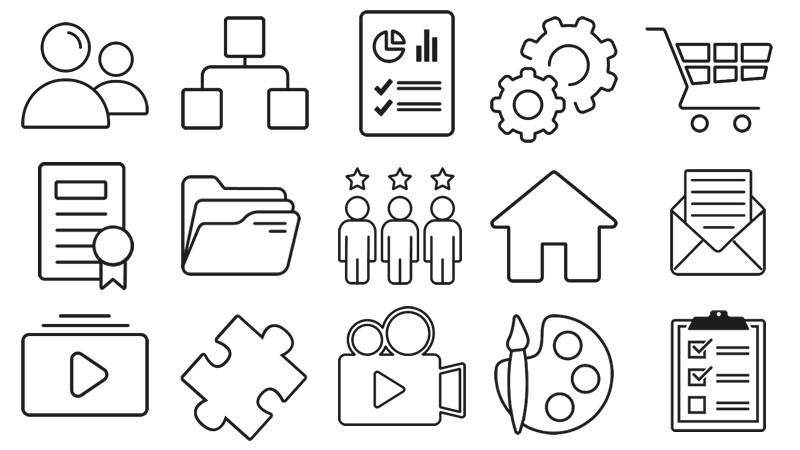Say you have created multiple templates, and linked them to different URL's or different org chart nodes. You probably have already used this tutorial on how to customize your template or templates.
How do you manage them? What happens to the user journey?
Let's explore the different settings.
URL's and DNS
You have to create the dedicated URL' first. You don't do that in the LMS, of course, you do that on the control panel of your website domain.
And of course you have to make the URL's point to your installation of Forma.
The basics: associate template and node
- Create different templates for your customers >> you do that by duplicating and renaming the templates folder. Then you can replace company_logo.png, bg.jpg, favicon.ico and favicon.png in the duplicated template. Please refer to this tutorial https://docs.formalms.org/tutorial/192-how-to-customize-logo-and-cover-image.html or... to our Templedit plugin, you can find it here https://www.formalms.org/forma-plugins/item/4-templedit.html
- Assign the different templates to different nodes >> click on the "edit" icon for every node. That way, if a user is in a node, he will see the assigned template after the login
Implications: be careful if you have users associated to multiple nodes; it's enough if you have an SSO login; no complication with the DNS management
User journey: the login page is the same for everybody, after the login you are displayed the template associated to your node, regardless of the template you have been displayed at the beninning. When you log out, you are taken back to the original URL and to the default template.
More advanced: associate template and domain
- If you also want your users to be displayed different login pages, you first need to create the different URL's >> you do that with your DNS panel, not inside Forma. Then make your different URL's point to your platform's IP address or DNS. You normally do that with a A record.
- Go to https://docs.formalms.org/reference-guide/configuration/system-configuration.html >> point 5 and associate the different URL's to the different templates. >> that way every address will be associated with a different template even in the login page.
The url has to be written without https and www in the first field. The other 2 fields are dropdown menus where you can select the right template and the right node.
Implications: you need to be able to manage your DNS or your customer's DNS. While it's something that takes 1 minute to do, you might not have a collaborative IT on your or your customer's side, or you might be on a low-budget hosting solution that doesn't allow you to manage your DNS settings. Depending on how your infrastructure works, you might have to configure virtual hosts on your server.
User journey: you should communicate different URL's to your customers, to each one their own. They will be displayed a different templat at login and after logging in. When they log out, they will be displayed their custom URL and custom template.
General Settings you should think of
We recommend using a general-purpose e-mail sender, because the system will use it all across the board.
You can also enable different areas (catalog yes or no, career and certificate yes or no, held desk button yes or no) to different org-chart nodes. That is independent from the template, but it's another possibility to customize the User Experience for different populations.
When you create the course categories, use topics and not clients' names, to avoid the risk of a customer seeing other customer's names.
You can also use the advanced registration form, if your user self-register. That way you can make them be assigned a specific folder (where you already have applied a template, or enrollment policies etc. etc. ).
Use a customer-oriented organization chart.
Use customer-specific catalogs.
Use customer-specific additional fields, if needed.
Create specific admin profile, and assign your customer well designed permissions (concerning user and course management).
Be aware that the automatic notifications (lost password, course subscription... ) sent by the LMS, if they include the [url] tag, will have the default URL.
If you want to take care of that, please replace the [url] tag in your language management with the [dynamic_link] tag.
This will replace the default URL with the one associated to that template.





